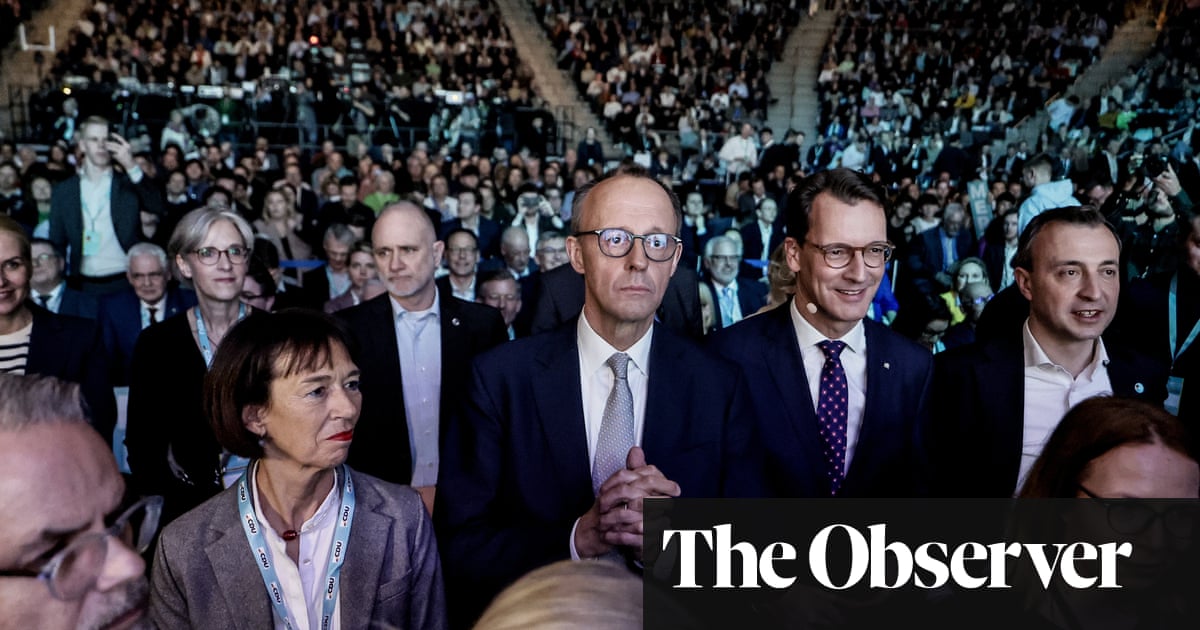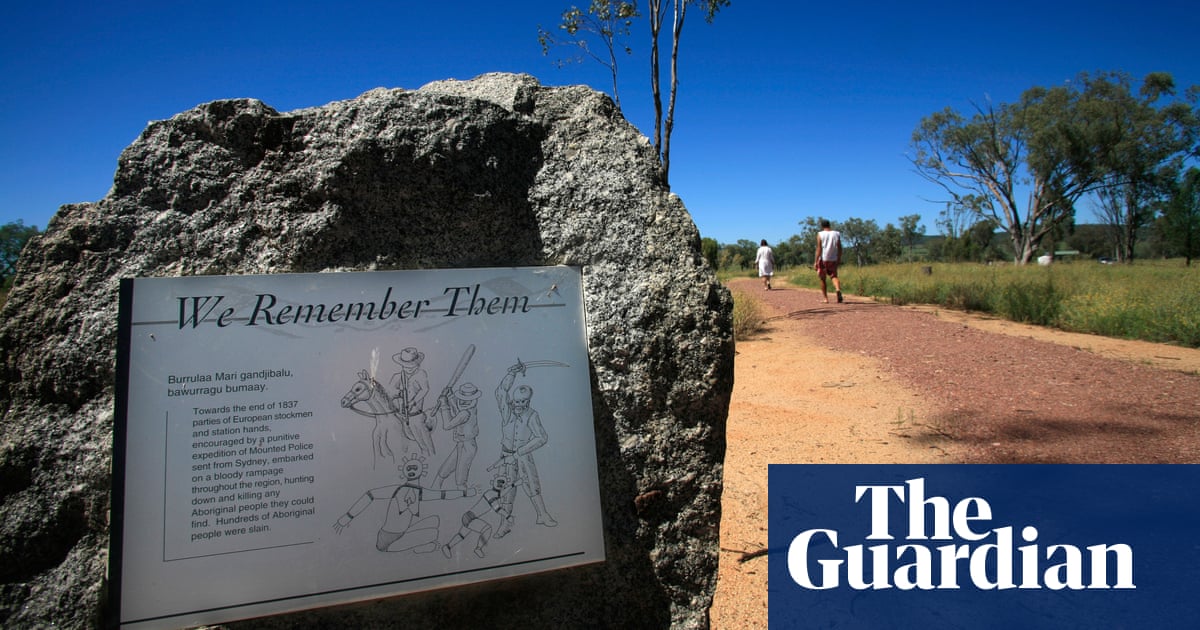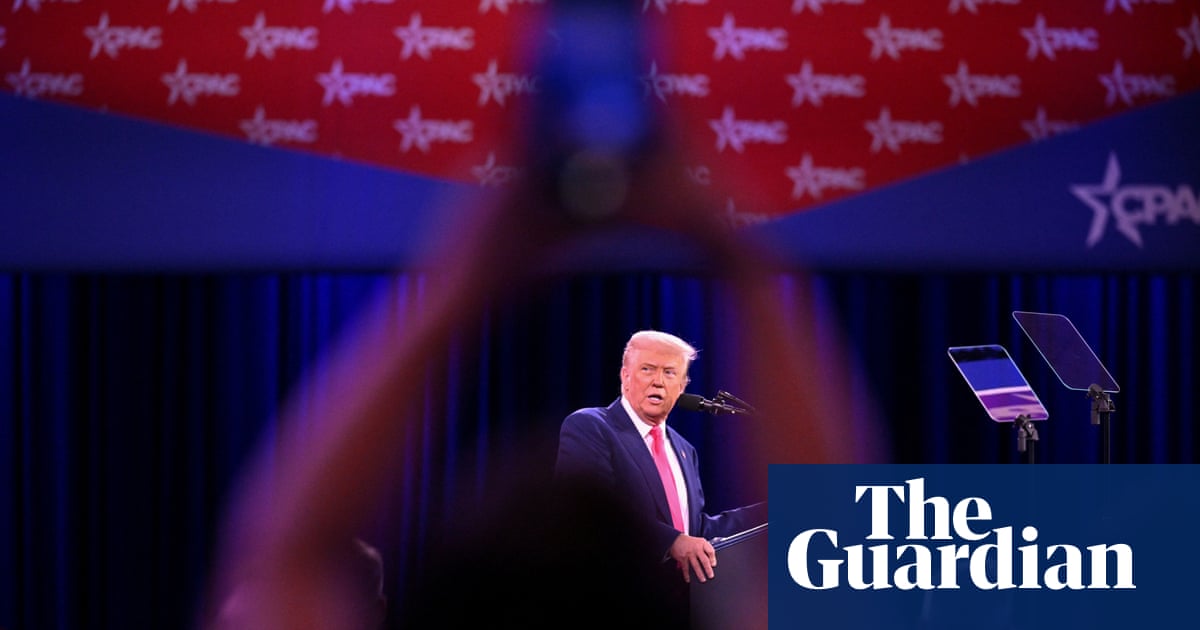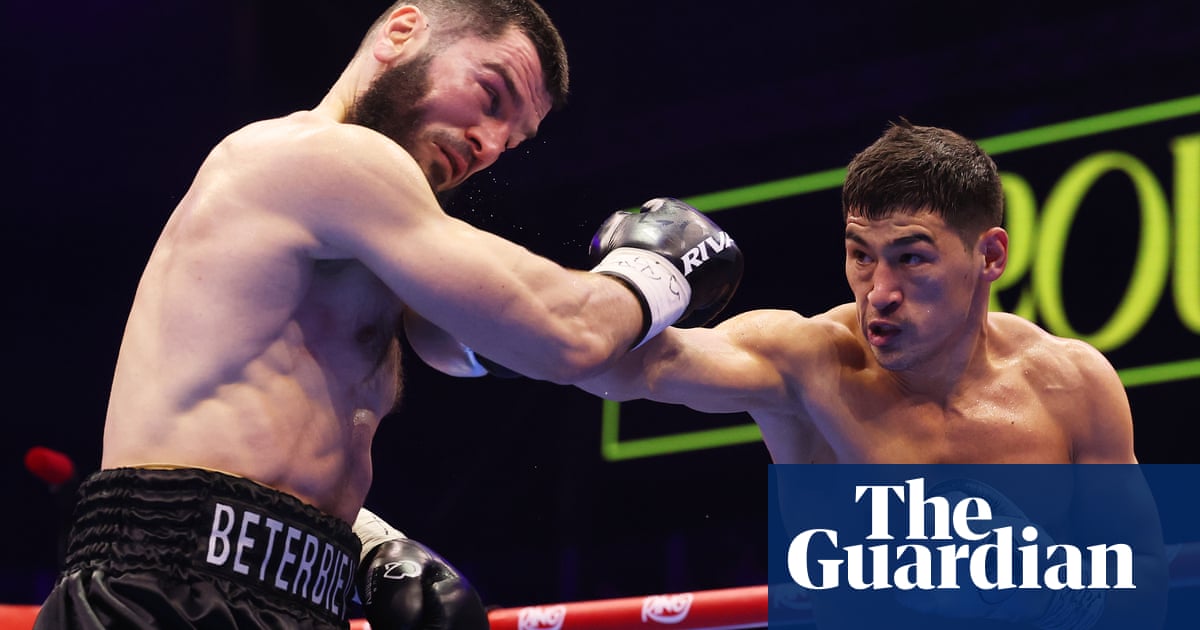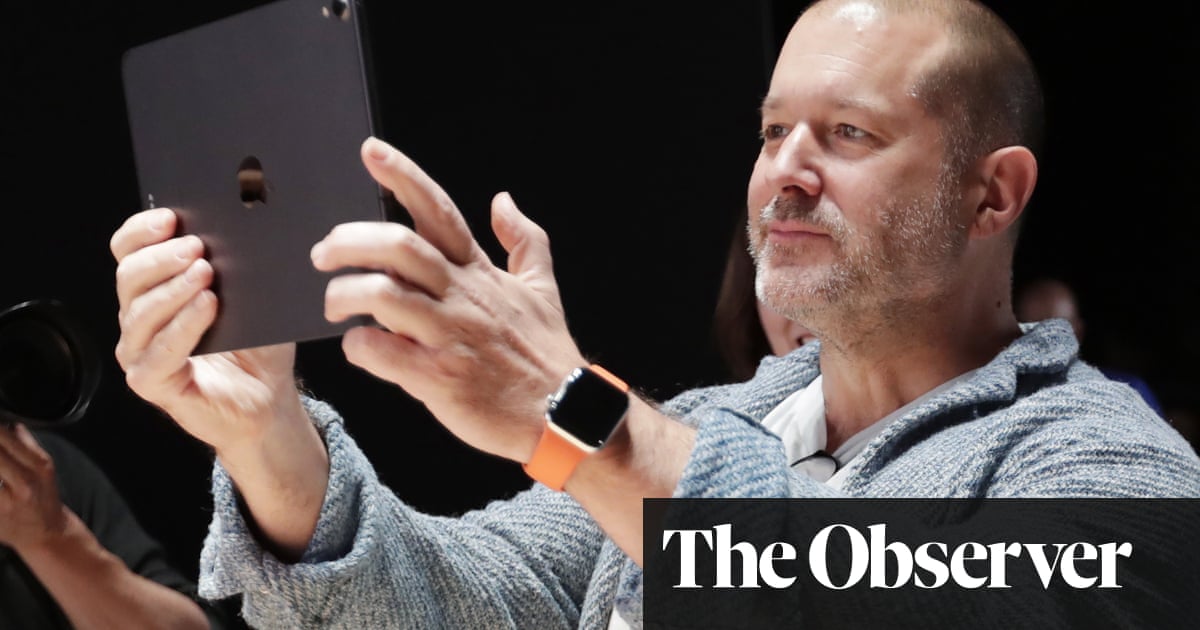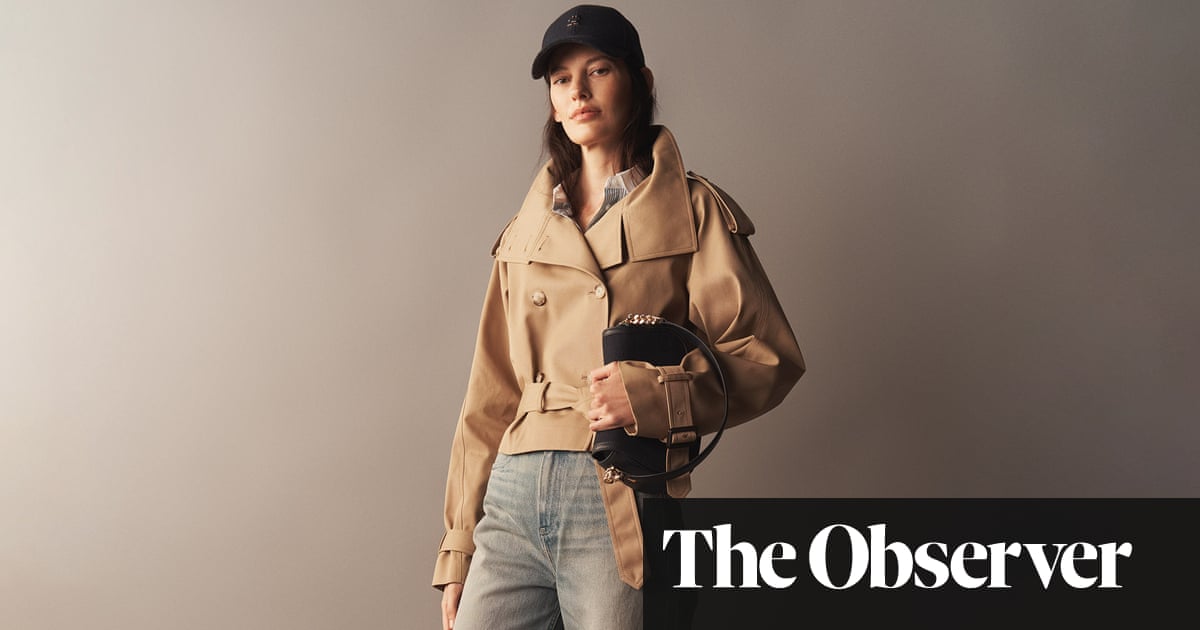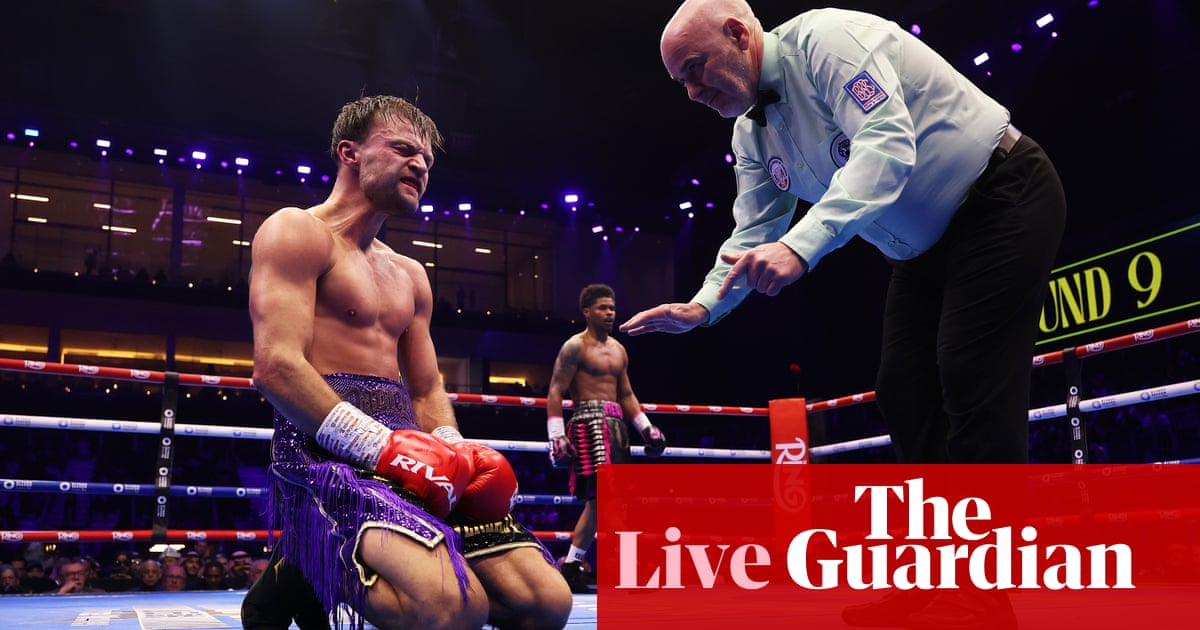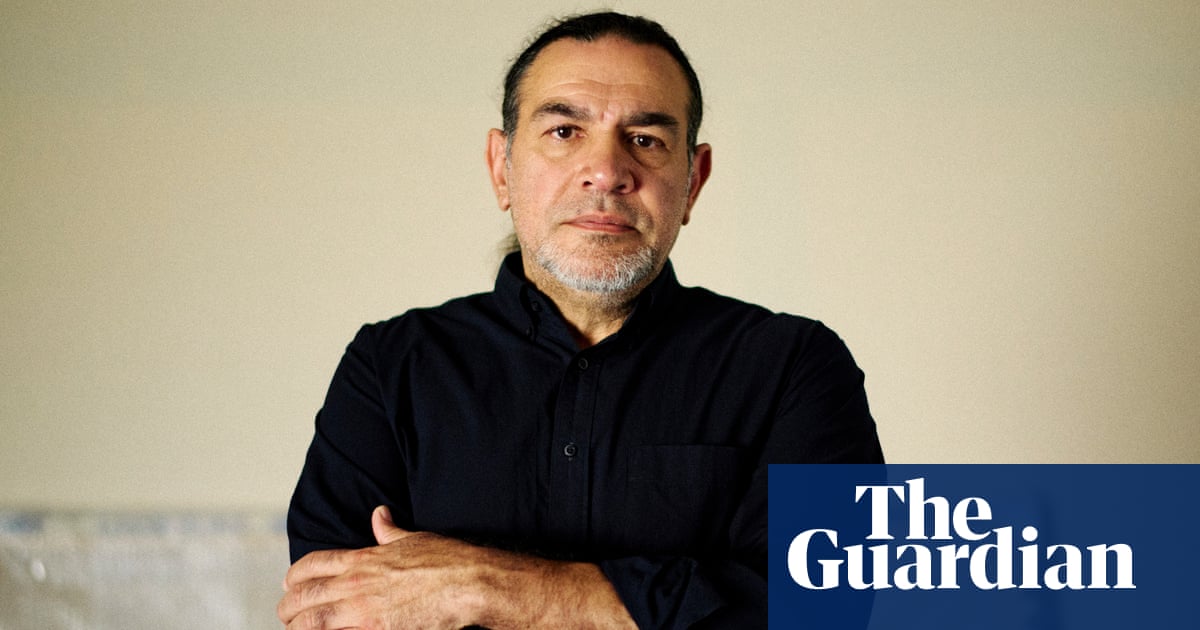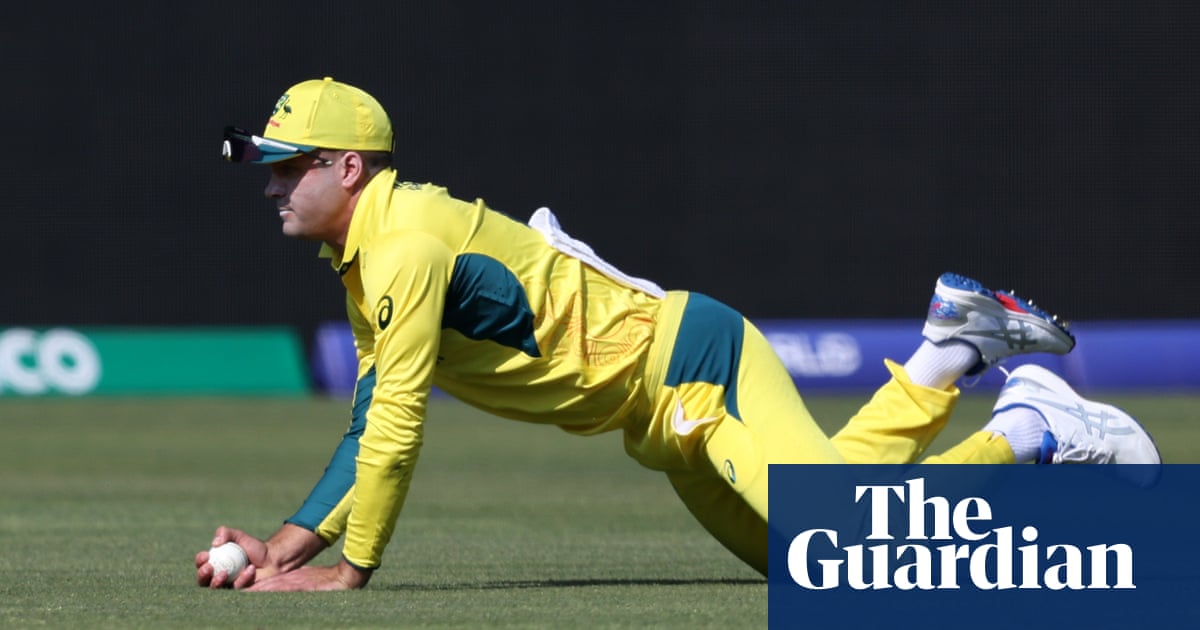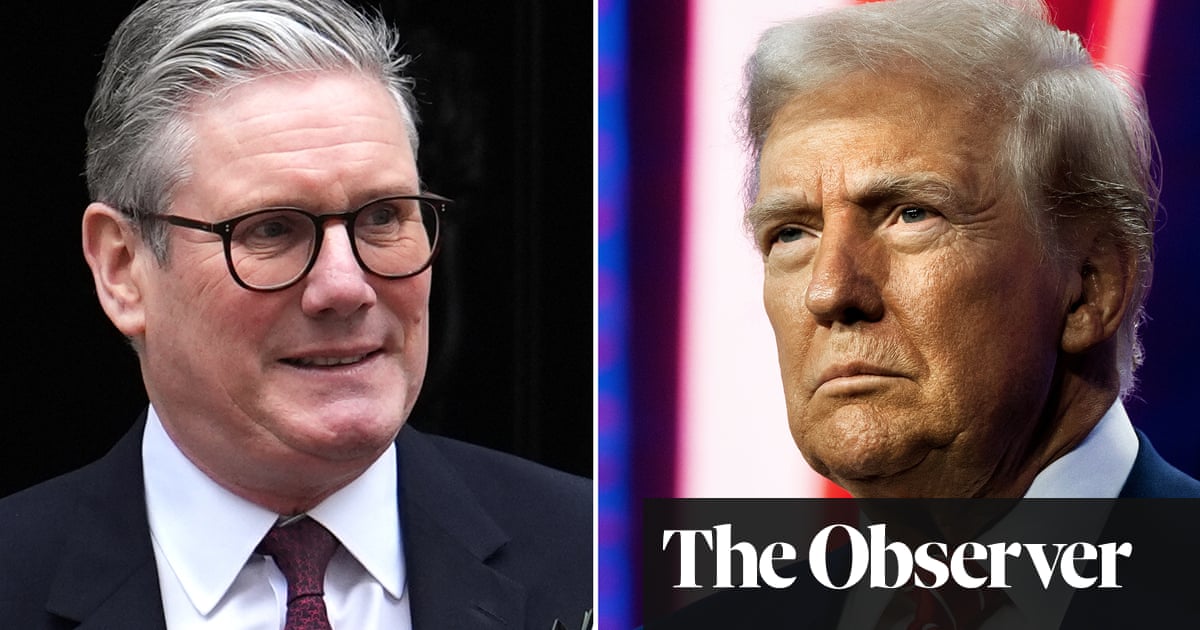Barbara Hepworth’s stone and bronze sculptures are recognised around the world for their distinct, curved forms. The oval alabasters and gleaming bronzes, punctured with holes and lozenge-like gaps, were all made in contrasting tones and surfaces, creating a new aesthetic.
Now, Hepworth’s unseen letters to the London foundry owner who made many of her bronze pieces offer a revelatory new guide to her work. The bundle of letters and draft sketches, which cover a decade of work and will be sold for the first time this week, also reveal the exacting standards of this pioneering woman, hailed as one of Britain’s most important artists.
Many of the instructions make it clear how deeply involved Hepworth was in the casting procedure, caring not just about the final look of the metal, but also the precise angle of balance. “These details will be fascinating to read, but also very useful to the people looking after her works,” said Michael White, a professor of art history at the University of York, who worked with the Hepworth Wakefield museum on setting up the Hepworth Research Network.
“We’ve already learned how attentive she was to the colours from her notes, something some Hepworth scholars may not know. She aimed at a wide range of shades and effects, with slight variations,” said White. “It would be lovely if whoever buys these documents could make them available to academics and researchers.
“Art historians are sometimes too remote from the making process. The museum in Wakefield has a store of studio notes that read almost like recipes for creating the correct patination. The new letters will show how she used these in her instructions for specific work.”
Hepworth, born in 1903, was part of a groundbreaking British artistic moment. Her work gained status in the 1940s and 50s alongside that of the sculptor Henry Moore and painter Paul Nash. In 1949, she moved with her husband, the artist Ben Nicholson, and three children to Trewyn, a house and studio in St Ives, Cornwall. She died there in a fire in 1975 at the age of 72, and it is now run by Tate as a museum and sculpture garden.
The annotated sketches and correspondence up for sale on 26 November at Chiswick Auctions, west London, are dated between 1960 and 1971 and were sent to Michael Gaskin, son of founder of the Art Bronze Foundry, Charles Gaskin, who died in 1969. There are 39 letters and five sketches from Hepworth which will be part of a sale of modern British and Irish art, going under the hammer with a guide price of £15,000-25,000.

Hepworth’s early pen and pencil designs for bronzes depict trademark works, each signed and covered with working notes to aid the bronze casting process at the traditional “lost-wax” foundry – known informally as Gaskin’s and established in 1922.
The sculptor was quick to point out defects and damage, but was always polite when dealing with the artisans who helped her create her influential work. Writing to Michael Gaskin in March 1962, after an unsatisfactory result on a bronze, Chun Quoit 2, Hepworth writes: “Please do not say you have failed: On Chun Quoit 2 the back to front stance was excellent but does not lean quite so much over the right. I enclose a photograph of the plaster which might help you adjust the near straight line on the right hand of the sculpture which is running slightly vertical. The join at the bottom was excellent and please do not think me unappreciative.”
In November 1971, the artist wrote to Gaskin with news that a bronze in Japan “is in a very poor state as regards to patina”. She adds, “I had always thought Japan as a clean country, but all my bronzes were returned in a very black condition. Would it be possible for you to re-patinate this cast for me sometime soon …?”
Hepworth liked the softness of alabaster, a property that allowed her to create a fluid line and then add a detailed finish. She experimented with other materials, though, working in slate as well as in bronze, and, as she wrote, “always remaining constant to my conviction about truth to material”.
“The bronze casting process is complex right through to final finish,” White said, explaining that Hepworth came to love it when she brought in both carving and casting. She took to producing plaster models at the same scale as the final bronze, which she could then carve. This went against the custom of making a small “maquette” version that would then be enlarged.
The archive is being sold by a collector who acquired it from Gaskin’s foundry and the cache of letters – which also includes 31 from Hepworth’s secretary and 24 carbon copy letters from the Art Bronze Foundry – has been catalogued with the help of a trustee of the Hepworth estate.
“Conservators, in particular, will be looking at the descriptions of colour,” said White. “They are often unsure whether they should take it back to the original, or whether an aged effect was something Hepworth wanted.”

 3 months ago
51
3 months ago
51

